Attack Breakdown – Clearout>
It is not always possible to use a ‘front-door’ cleanout. Later in the same video, Laurie Fisher describes the technique used to clean out when the first man support is approaching the ball-carrier from an angle:
“[At cleanout time] I coach what I call a ‘side window’. I am trying to test the boundaries on point-of-entry as much as possible. On our side window, it’s inside foot up, lead arm under the chest, long arm over the back of [the defender’s] knee, and we drive on the 45 [degree angle]. We get a leg lift and we put him on his back [in the opposite direction].”
Foot movement by the ball-carrier often leaves the first man support entering at an angle, where he has to trim the corner as much as possible. Then his objective is to dig the lead arm under his opponent’s chest, while using the outside arm to pick up a leg and destabilize him.
Another instance from the same SRP 2024 match between the Hurricanes and Brumbies illustrated just how effective this technique can be at levering open one side of the field for attack on the next play:
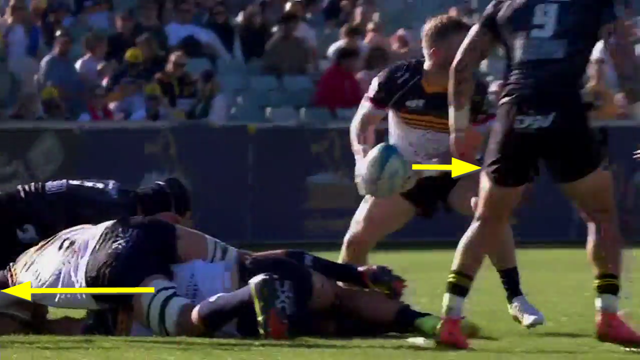
The run by #7 Rory Scott [in the white hat] takes him away from the first support [Wallaby second row Darcy Swain], which means that Swain needs to use the ‘side window’ to clean out a Canes’ defender from left-to-right.
That in turn automatically creates an attacking opportunity on the side of the field away from the direction of the cleanout; when Brumbies halfback Ryan Lonergan turns back to his left there is a seven-on-four overlap down the short-side of the field, which the men from Canberra exploit to score a try.
Summary
As Laurie Fisher points out, the first cleanout support player is a critical decision-maker. He has to decide whether to employ a front-door or a side-window technique, and technical success at either often translates to a concrete attacking opportunity, sooner rather than later,



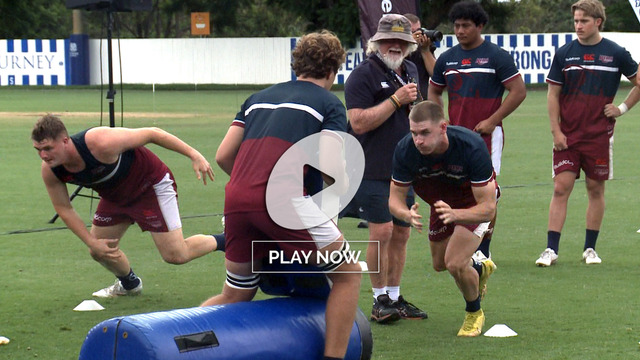
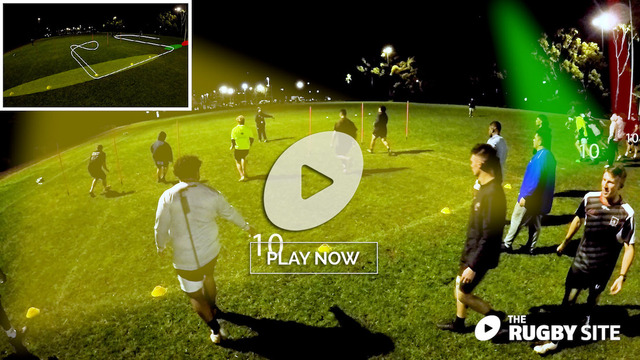

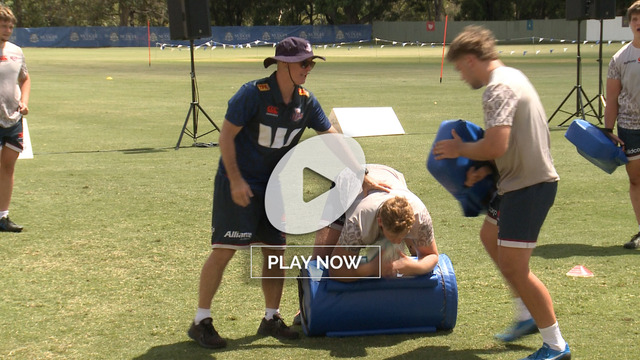
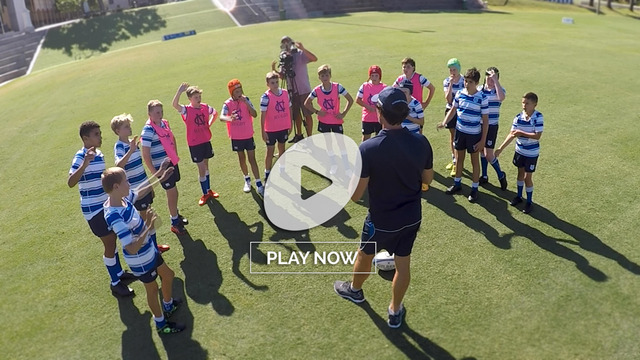

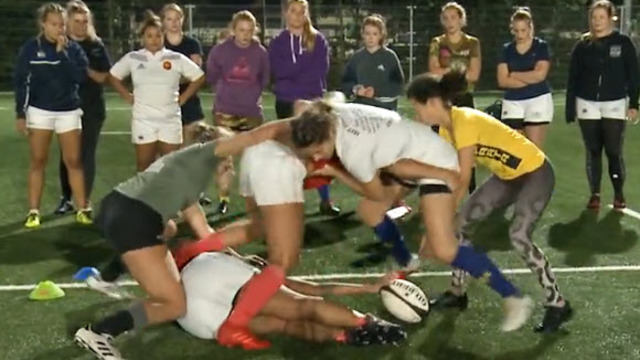

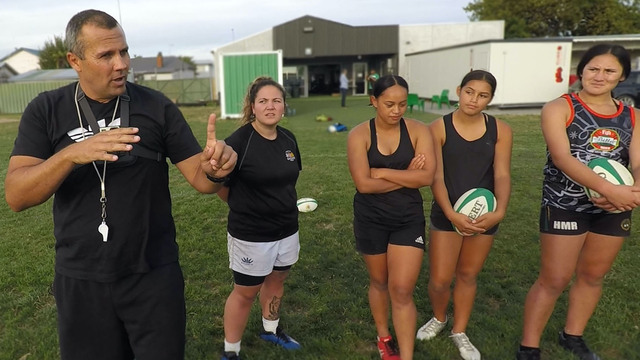

.jpg)
.jpg)
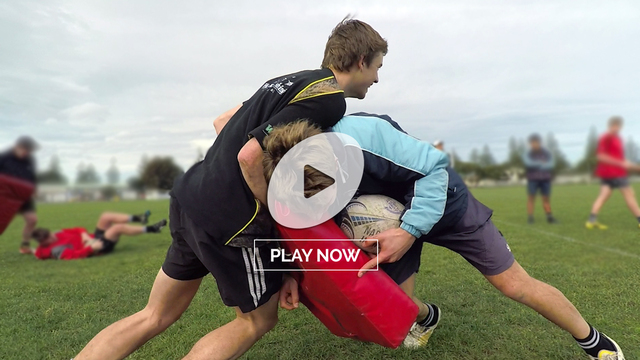
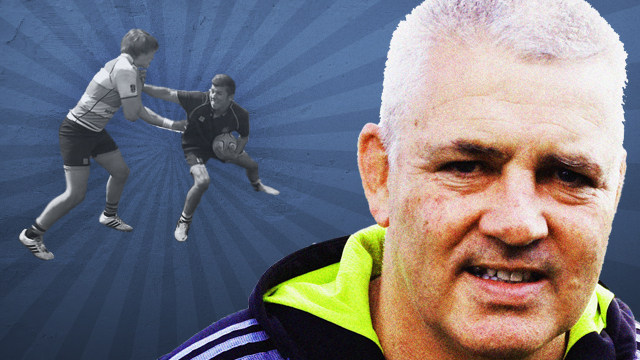
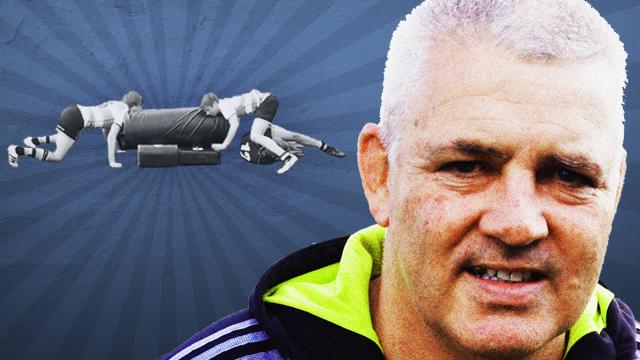

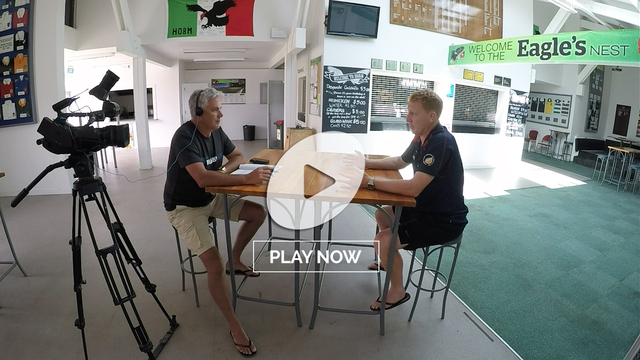
_no_button.jpg)

